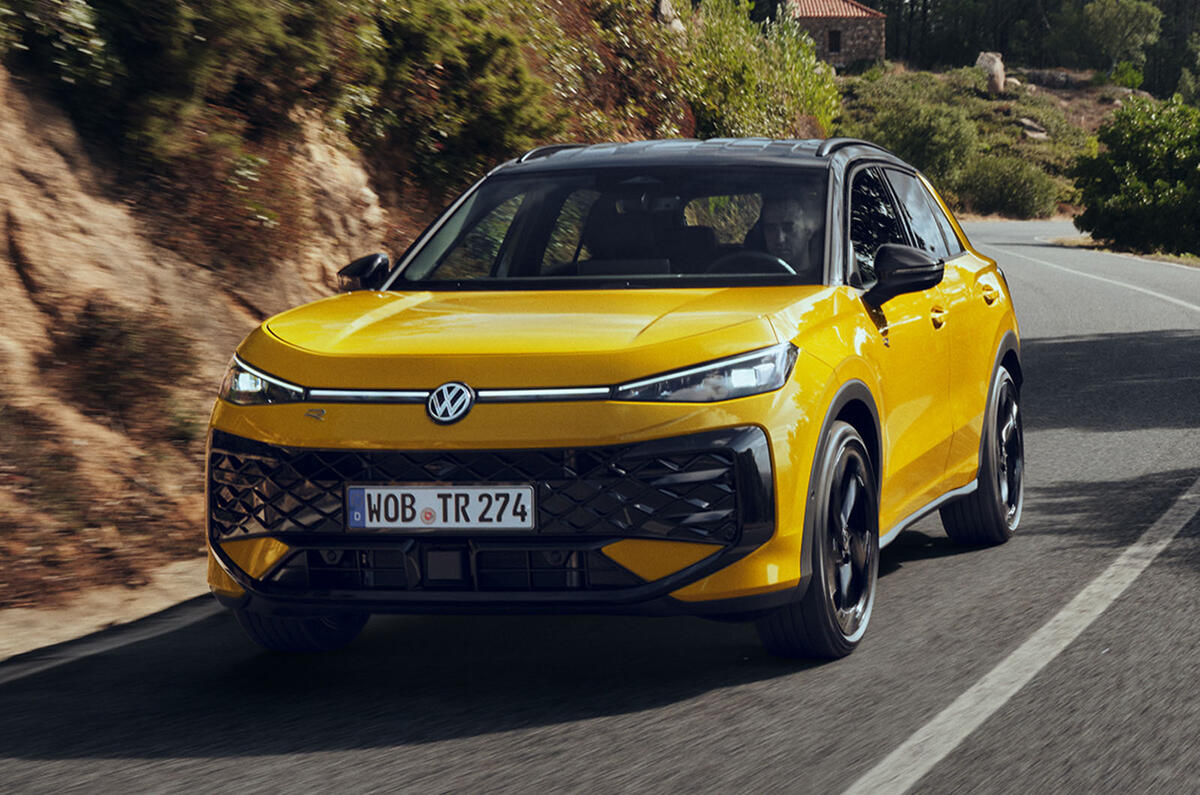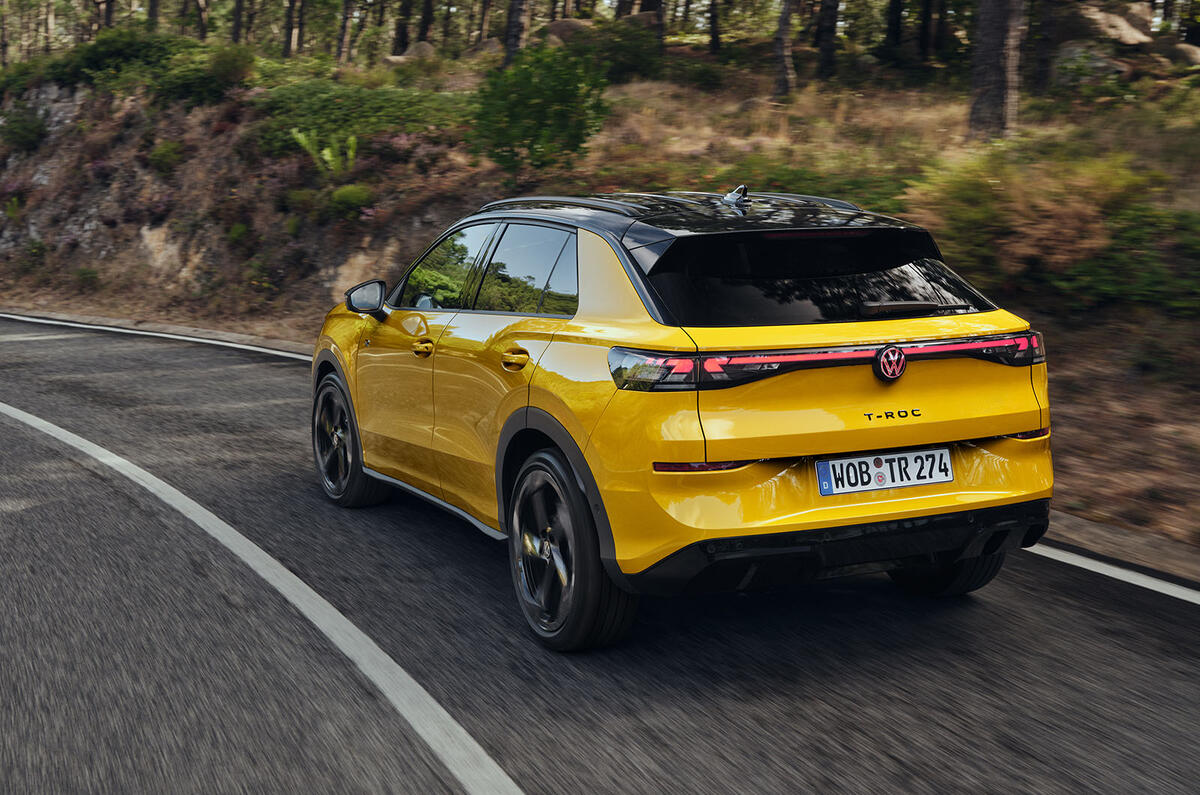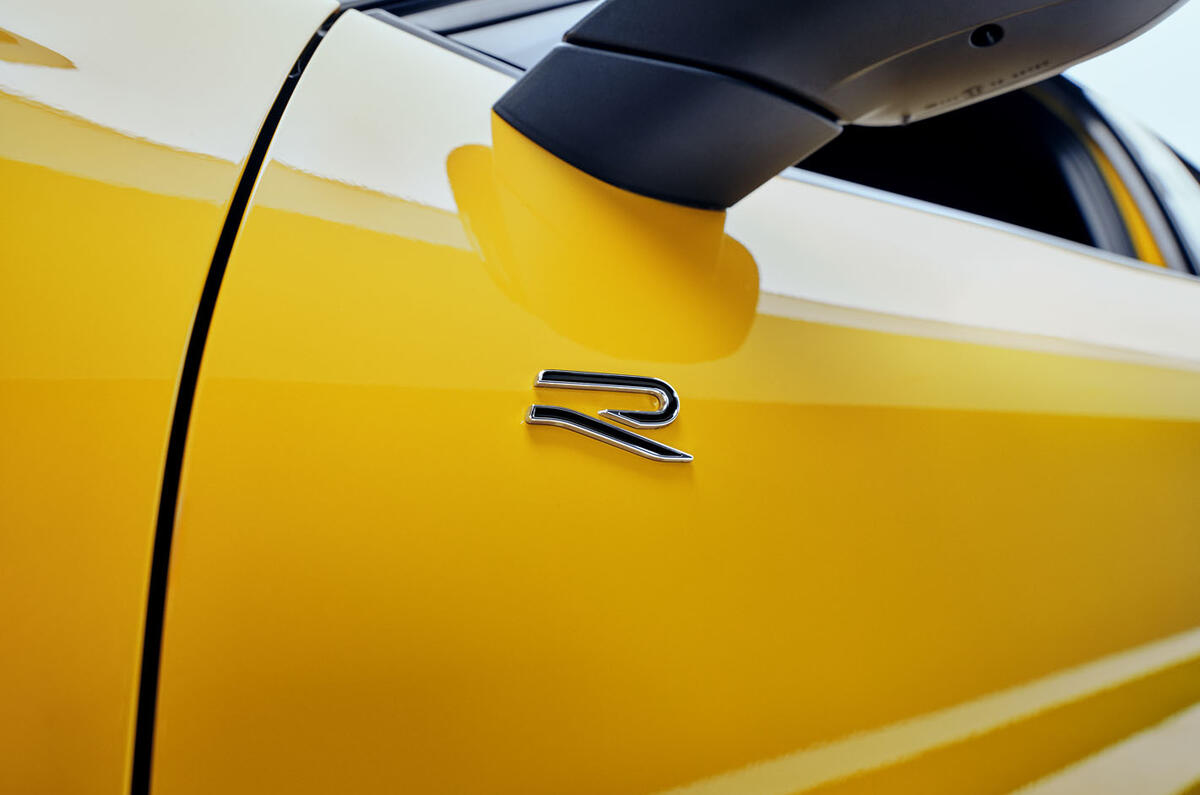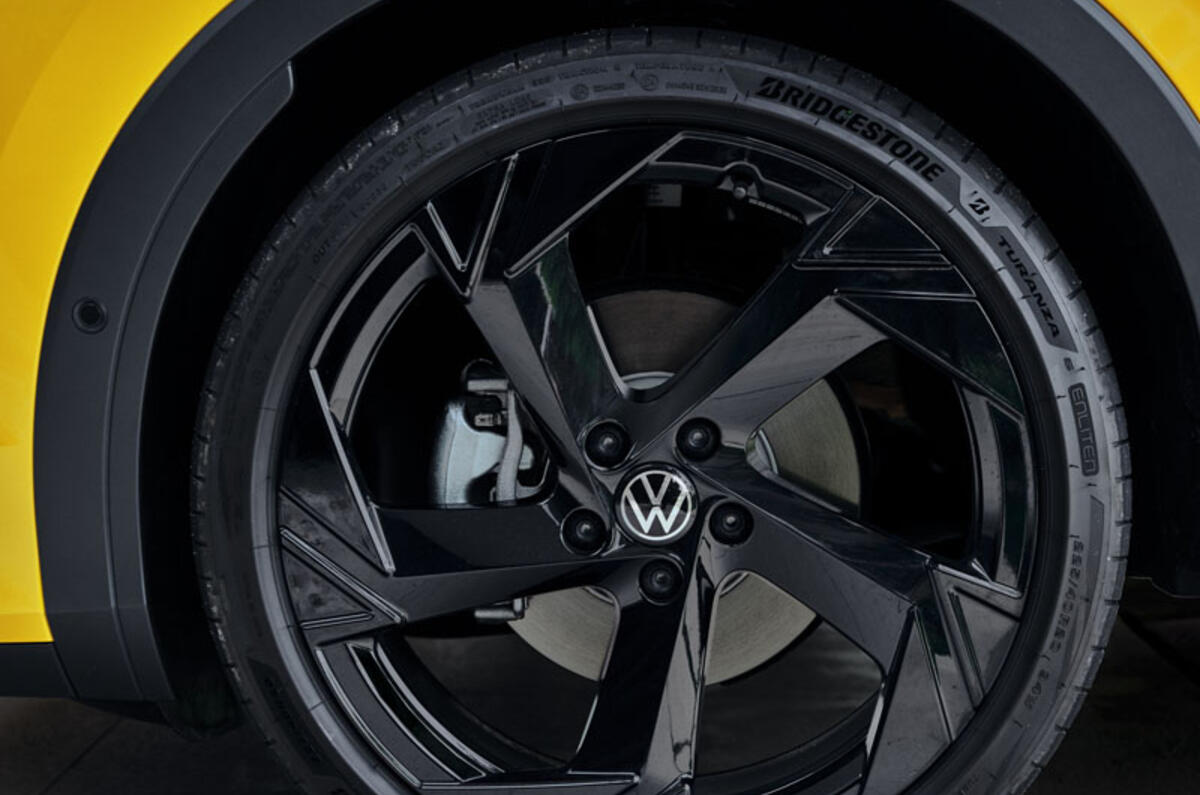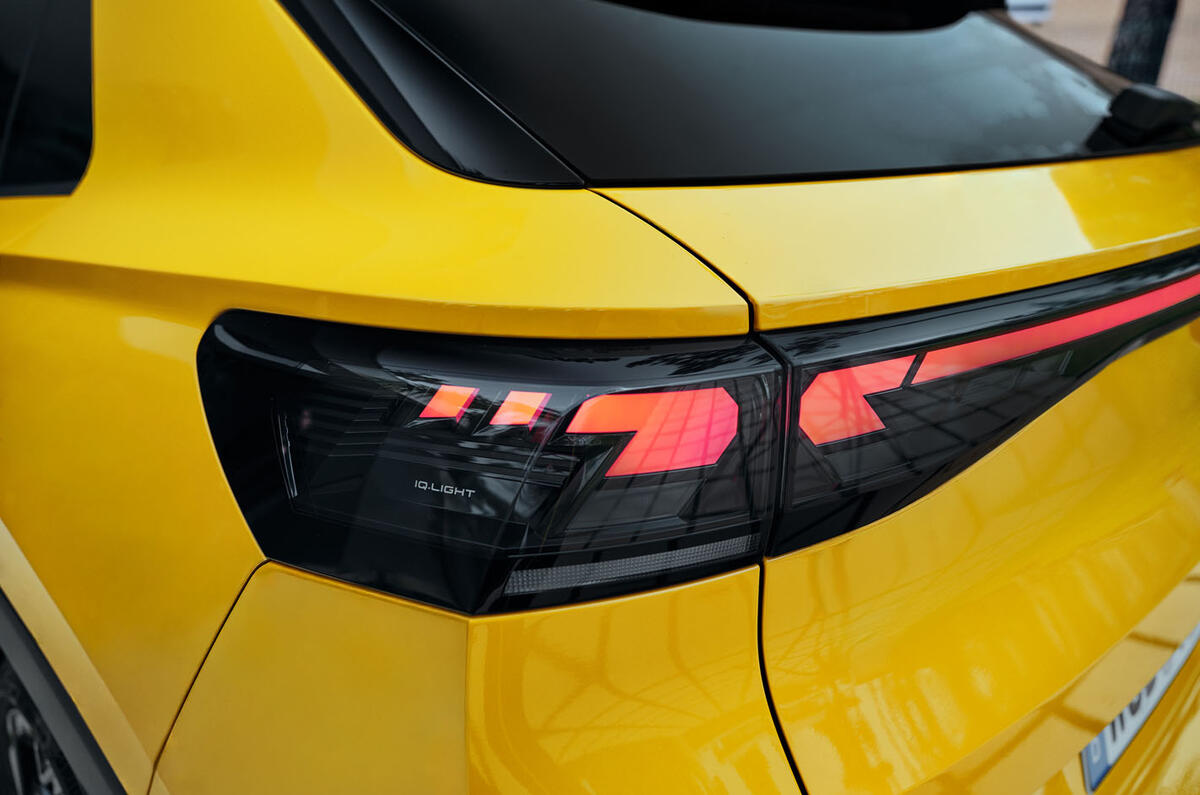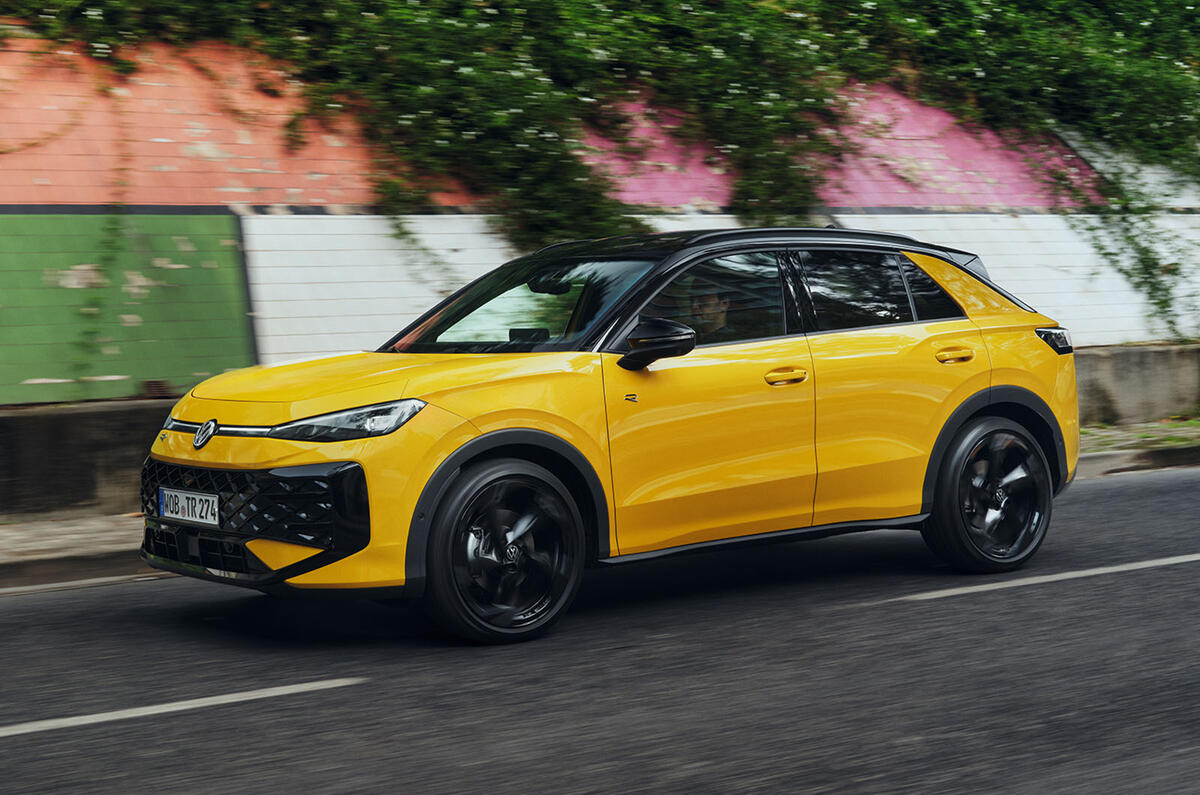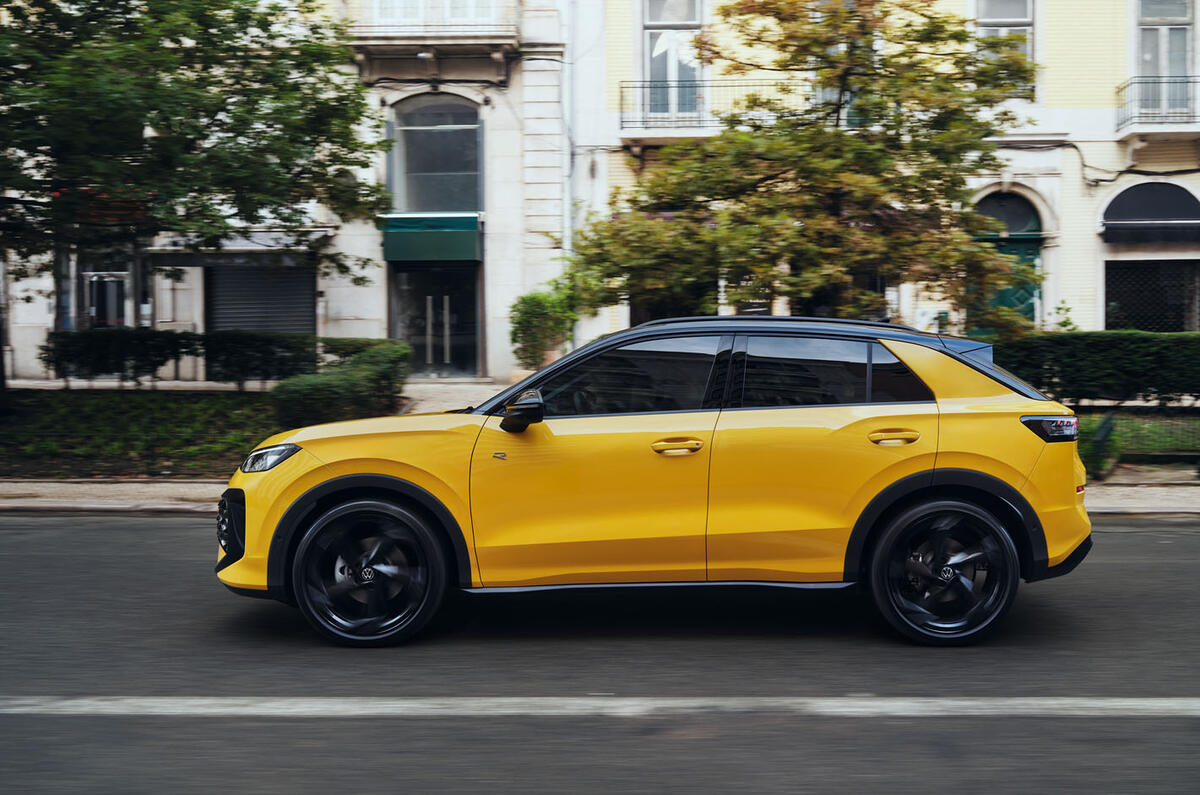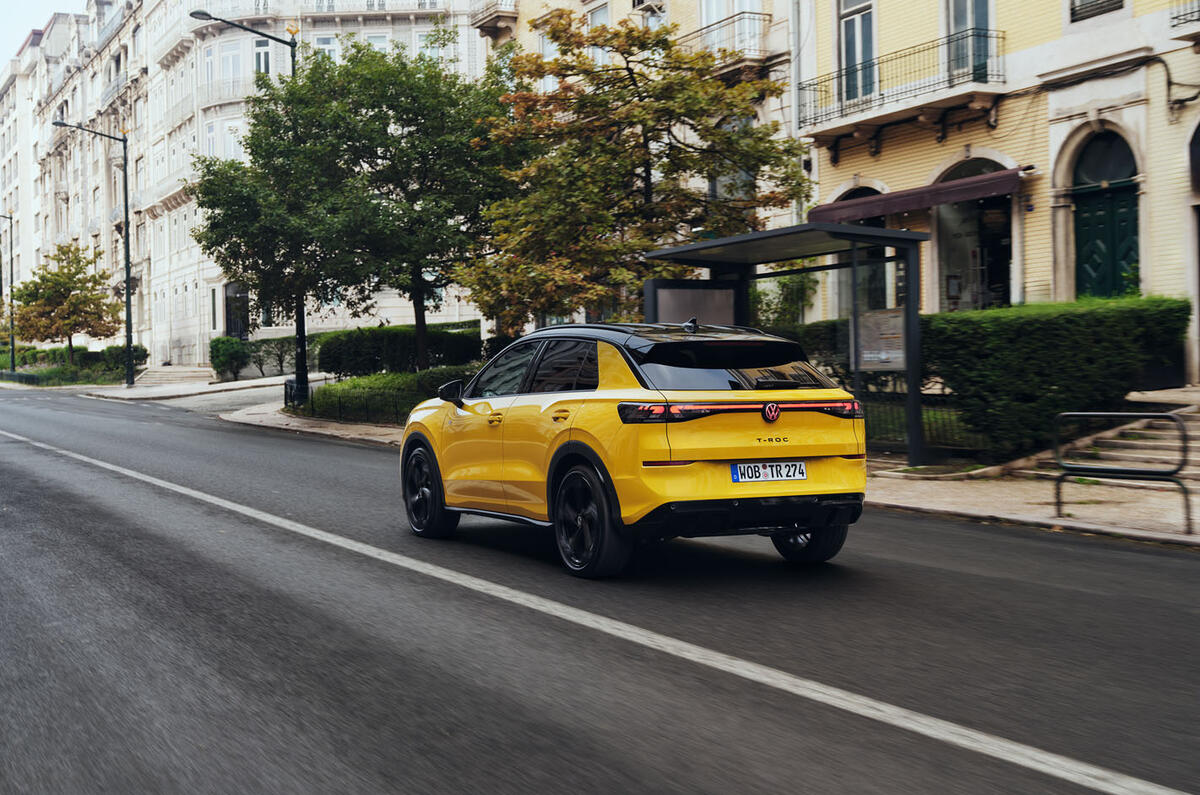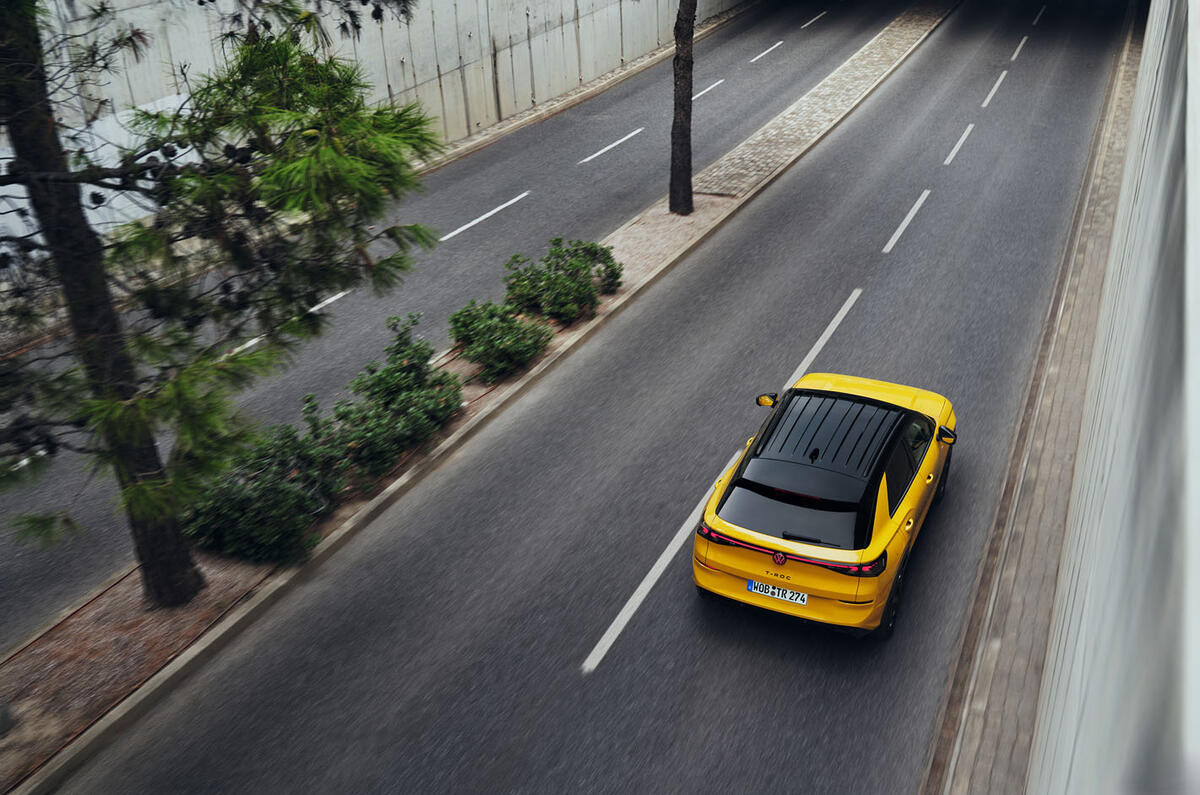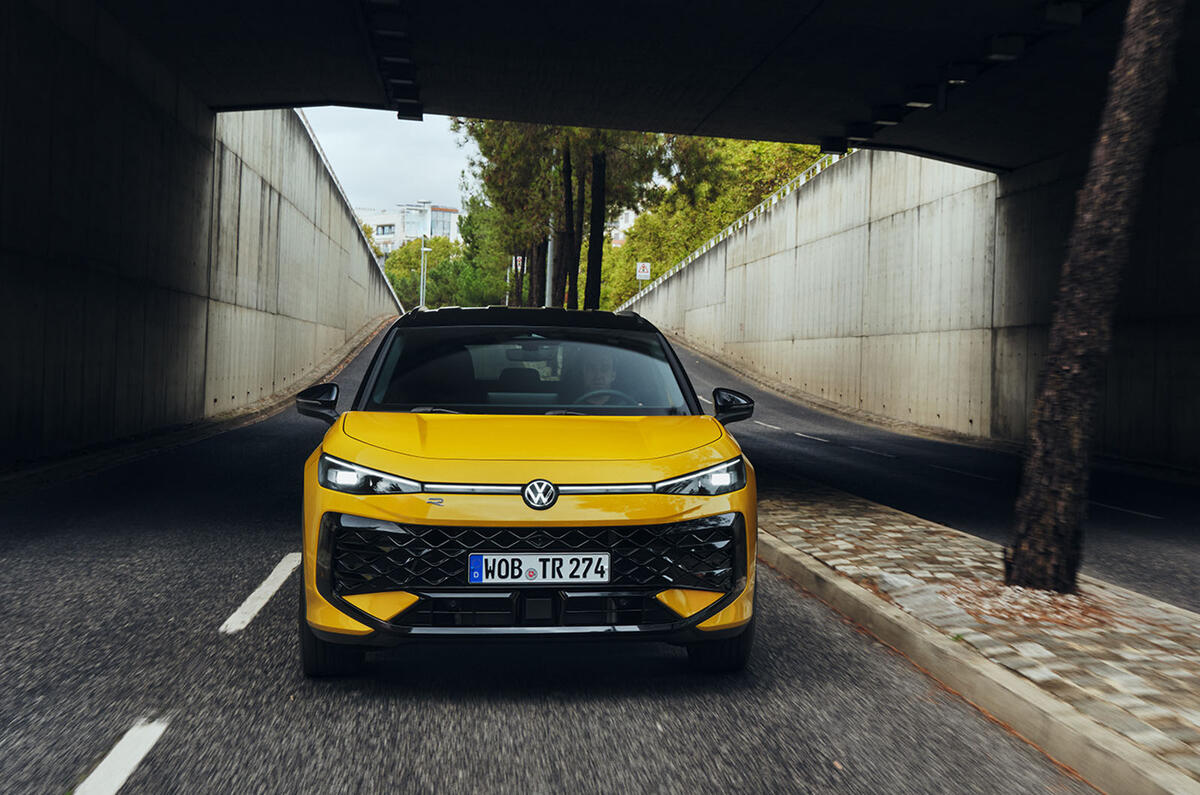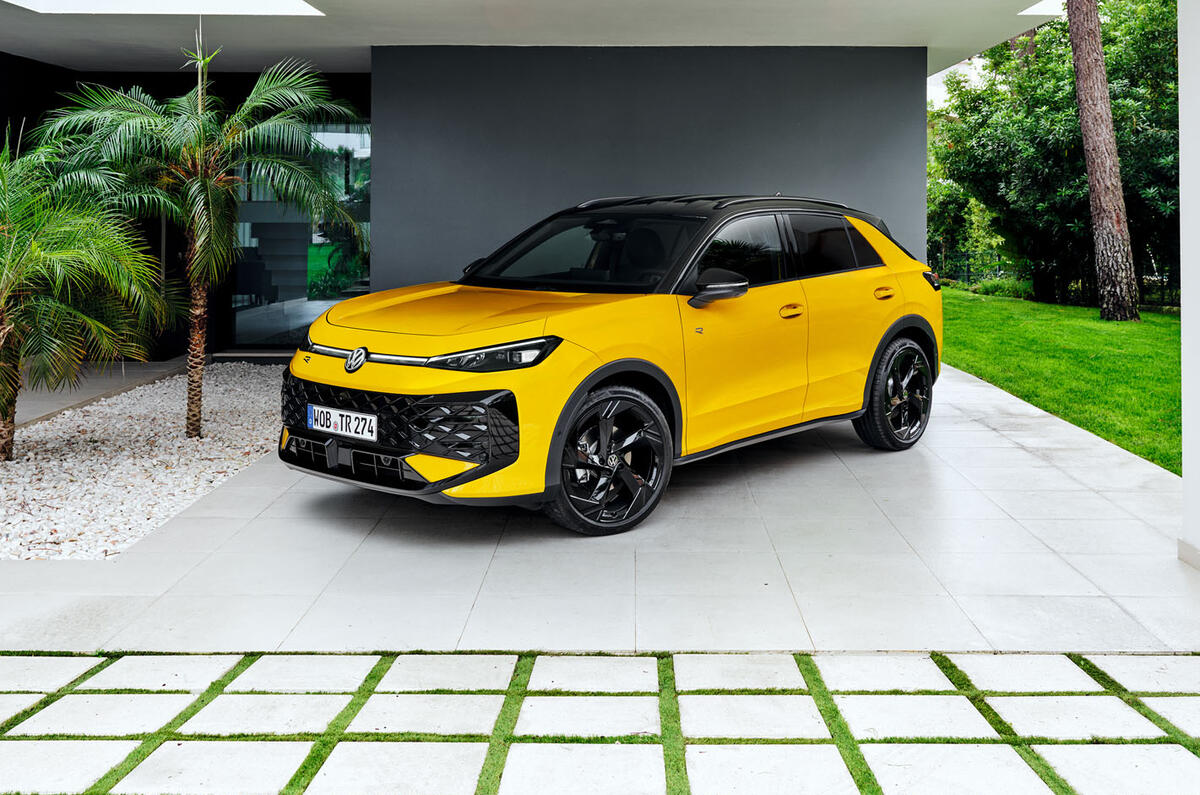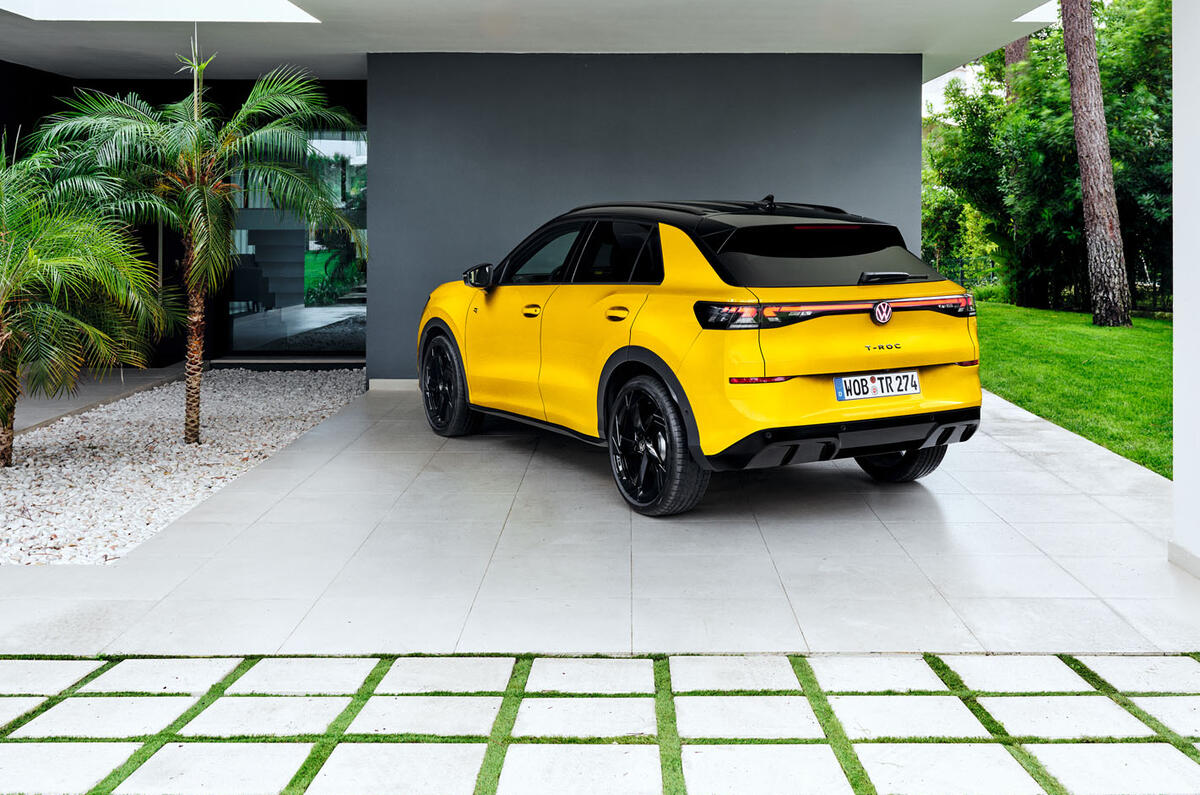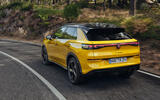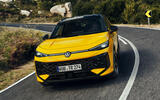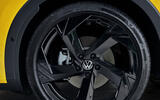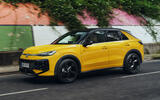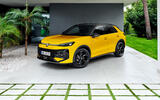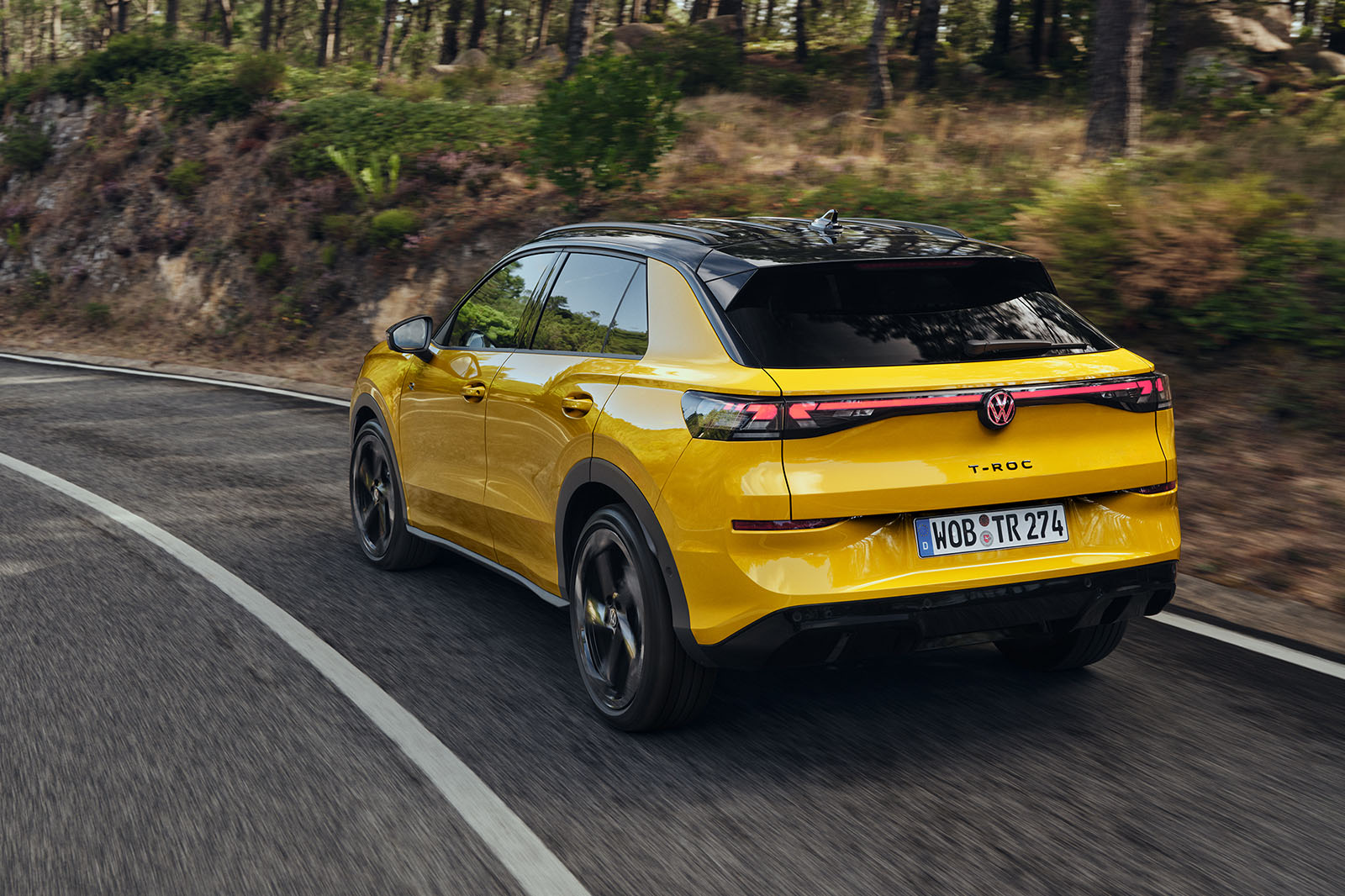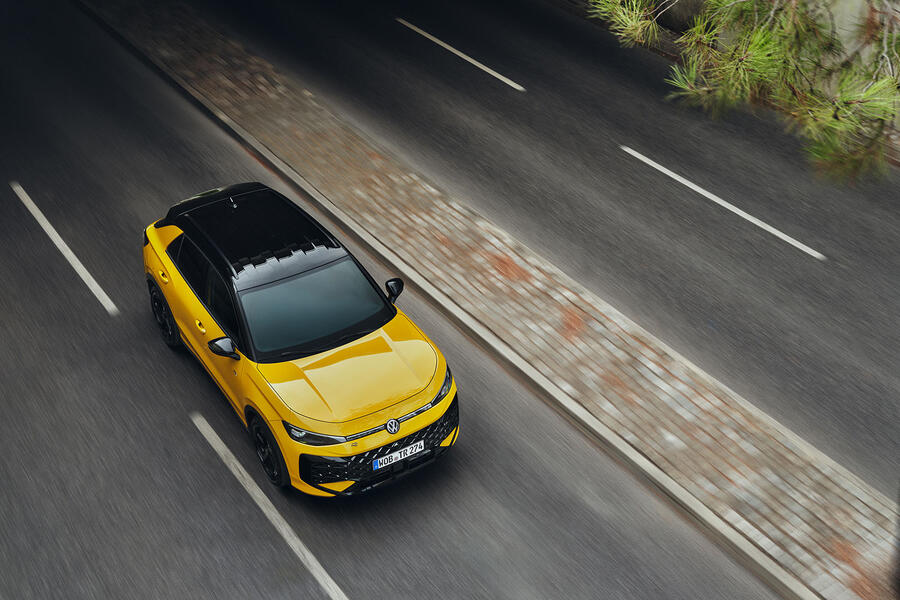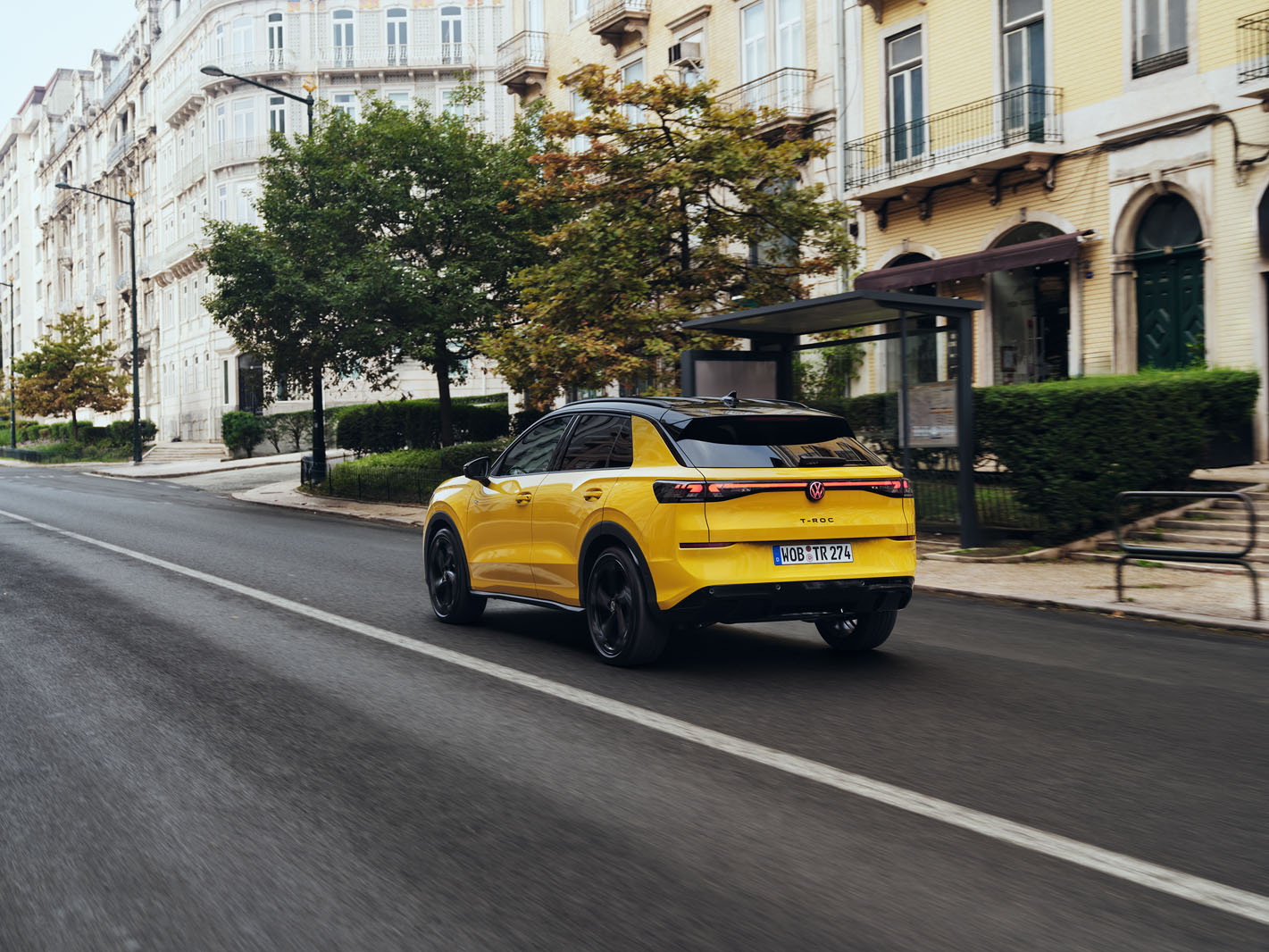It says ‘Volkswagen T-Roc’ on the back, but one of the engineers called it ‘the anti-Diess car’.
The years under Herbert Diess weren’t Volkswagen’s happiest. The company was weathering the Dieselgate storm and getting to grips with electrification. In the process, sacrifices had to be made, and the results were the software glitches and iffy plastics in the Mk8 Golf and the ID 3. Thomas Schäfer is the CEO now, things are going better for Volkswagen and there’s some time – and, importantly, money – again for niceties.
The T-Roc has quickly become part of the furniture at Wolfsburg, but it’s worth remembering that it hasn’t actually been around for that long. Whereas the Tiguan is already in its third generation, the original T-Roc was introduced only in 2017. Because the Tiguan had outgrown its original billing as the tall Golf, the T-Roc was created to fill that gap – very successfully, it must be said. It charmed us into a 4.5-star verdict with its wide range of engines and surprisingly game handling and ended up selling over two million examples.
New Volkswagen T-Roc cars in stock



